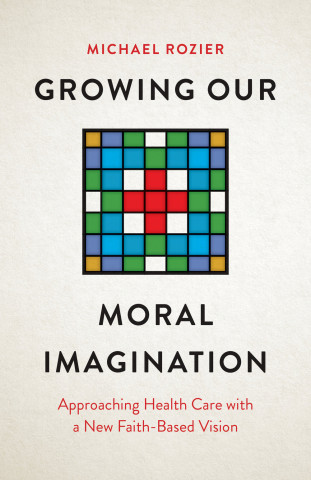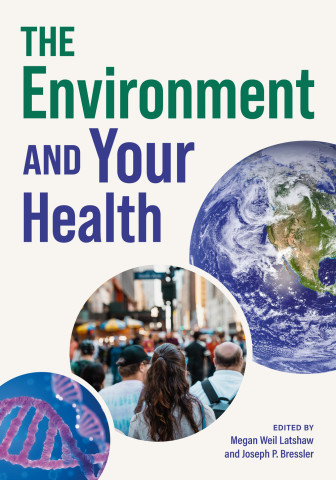
Reviews
Although the reader may think this could be a heavy read, the book is set out well and it was easy to read. The author enables the reader to understand. It is referenced well. Some books of this genre can be difficult to read, as politics, legal and medical terminology can feel beyond the reader- this was not the case.
The authors make a powerful case that history matters to any analysis of the persistence of this iconic disease of industrialization... This well-researched and insightful transnational analysis of silicosis opens up new directions for historians of silicosis and other occupational diseases. As the contributors to this volume so poignantly confirm, accountability for diseases that ravage workers worldwide has yet to be adequately addressed.
This book embodies a fascinatingly diverse set of chapters that have been successfully integrated into a refreshing narrative of not only health and medical aspects of silicosis, but also important social, economic and public health aspects of this ultimately preventable condition. Respirable crystalline silica exposure at work remains common globally, and those interested in tackling the resulting current, and future, health risks would find significant interest and enjoyment in this book.
Paul-André Rosental's edited collection Silicosis: A World History provides a full and nuanced understanding of the emergence of the concept of silicosis as an occupational disease... This is a comprehensive story of silicosis, dating back to the 1800s. It provides health practitioners, social historians, and scholars with a fascinating account of the discovery of the disease, the attempts of the mining companies to control and manage it (and, in some cases, hide it), and the people who cared enough to dedicate their lives to finding strategies for prevention and treatment... The authors have successfully imparted the history of silicosis beyond a narrow medical perspective, by acknowledging the strong influence of social forces on disease. In doing so, they have developed a framework for understanding responses to a range of other exposures such as asbestos and tobacco smoke.
Bringing together a cross-disciplinary, international group of scholars to address the topic of silica-caused lung disease from a varied set of perspectives, Silicosis cogently and convincingly argues that the International Silicosis Conference of 1930 played a pivotal role in the history of this disease.
Book Details
Introduction: Why Silicosis?
Paul-André Rosental
Chapter 1 Why Is Silicosis So Important?
Gerald Markowitz and David Rosner
Chapter 2: The Genesis and Development of the Scientific Concept of Pulmonary
Introduction: Why Silicosis?
Paul-André Rosental
Chapter 1 Why Is Silicosis So Important?
Gerald Markowitz and David Rosner
Chapter 2: The Genesis and Development of the Scientific Concept of Pulmonary Silicosis during the Nineteenth Century
Alberto Baldasseroni and Francesco Carnevale
Chapter 3: Johannesburg and Beyond: Silicosis as a Transnational and Imperial Disease (1900–1940)
Jock McCulloch and Paul-André Rosental, with Joe Melling
Chapter 4: The Politics of Recognition and Its Limitations: Legislating on Silicosis in the First Half of the Twentieth Century—a National or Transnational Process?
Martin Lengwiler, Julia Moses, Bernard Thomann with Joseph Melling
Chapter 5: Silicosis and "Silicosis": Minimizing Compensation Costs, or Why Do Occupational Diseases Cost So Little
Paul-André Rosental and Bernard Thomann
Chapter 6: Silica or coal? Design and Implementation of Dust Prevention in the collieries in Western Economies (circa 1930–1980)
Eric Geerkens
Conclusion: Silica, Silicosis and Occupational Health in the Globalized World of the Twenty-First Century
Francesco Carnevale, Paul-André Rosental and Bernard Thomann
Bibliography





